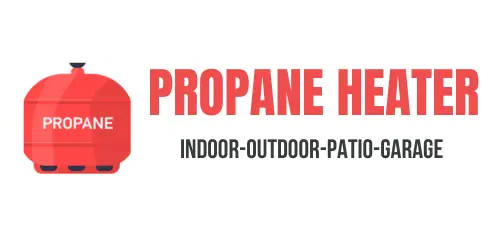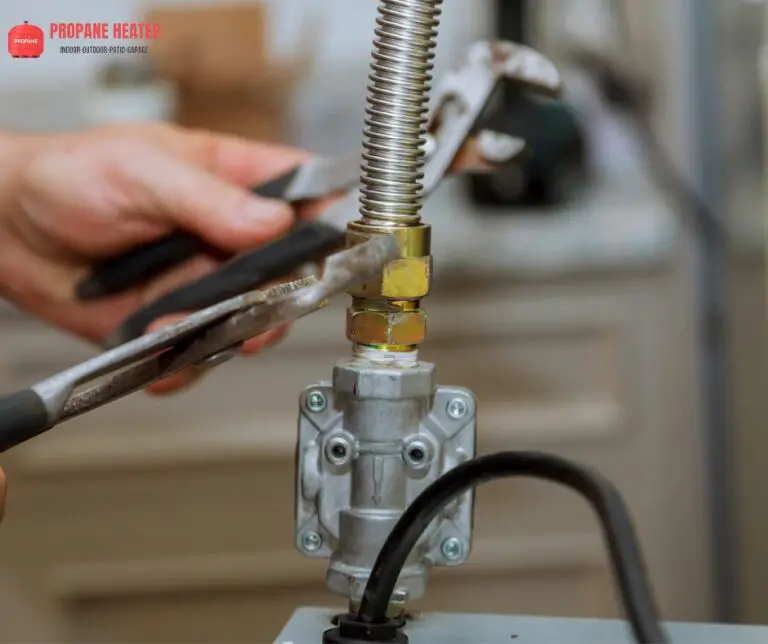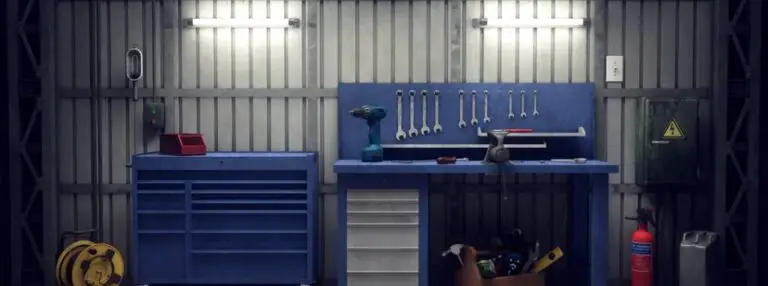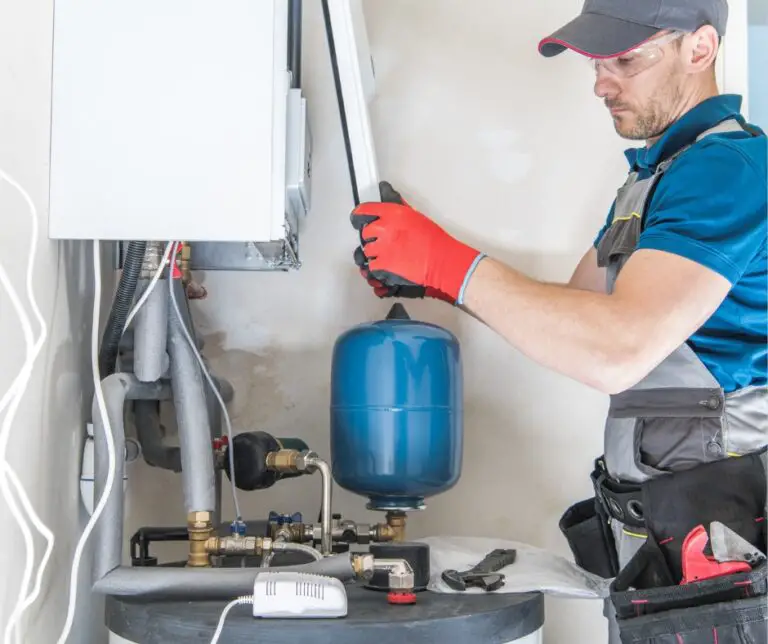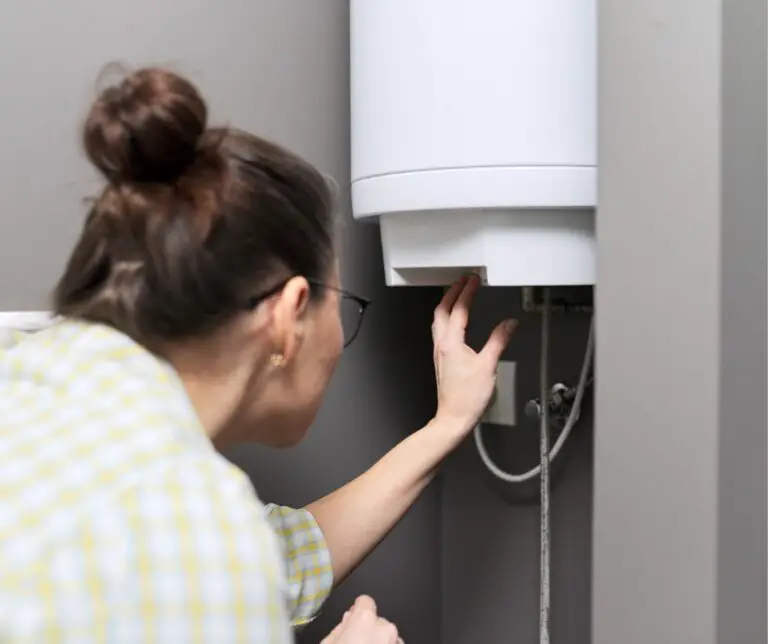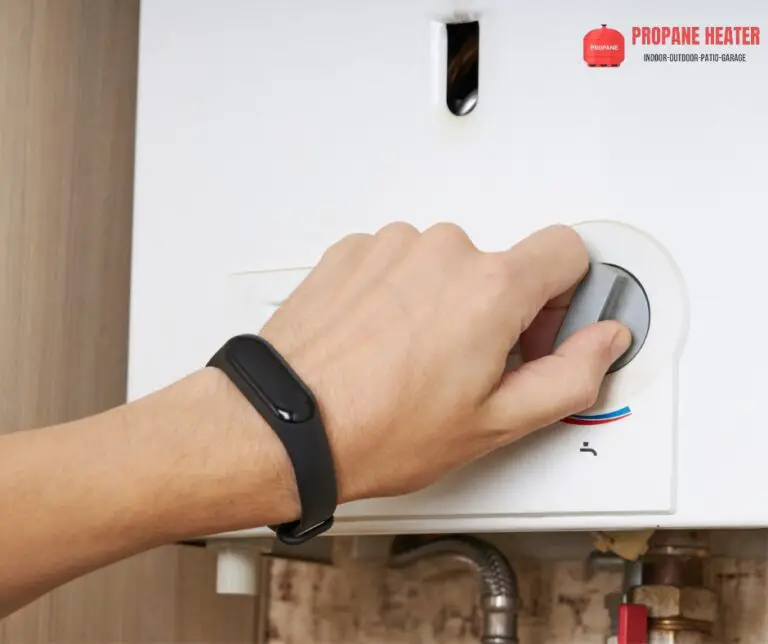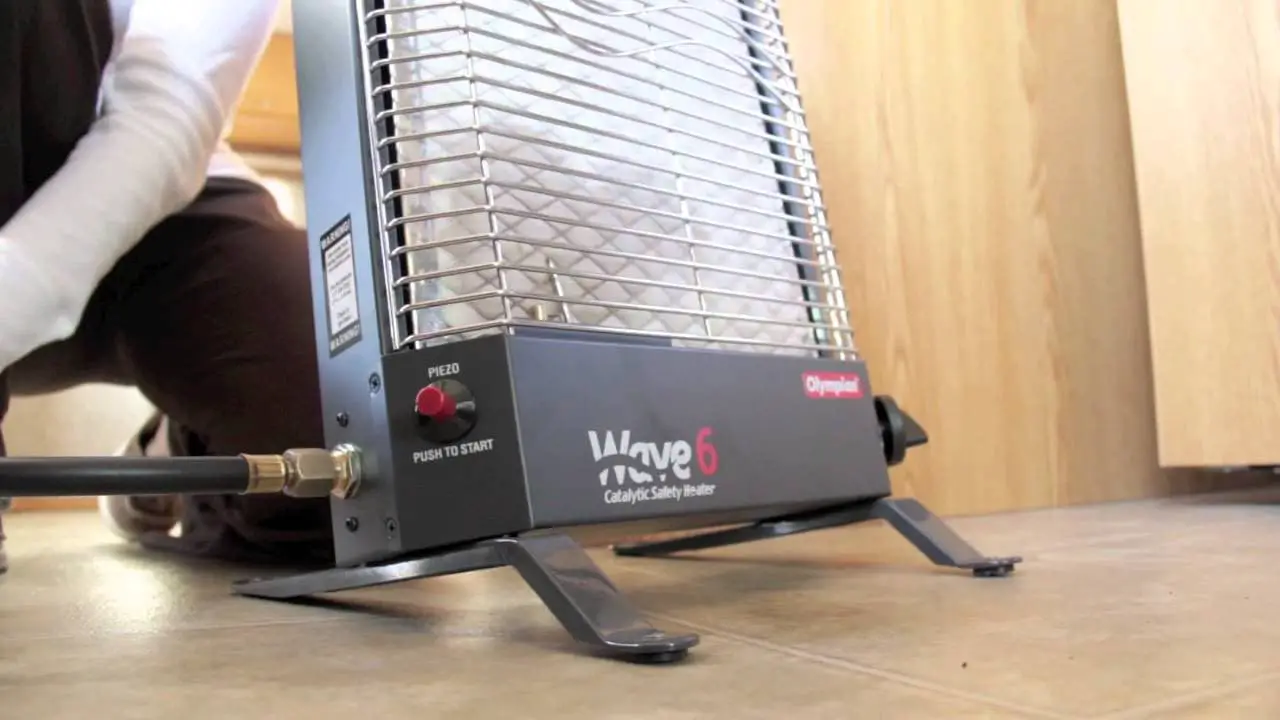
There are various types of heaters available in the market. All have different specifications and benefits to meet the requirements of the people. Here we’ll focus on one of the most effective types of heaters, catalytic propane heaters. We will discuss it in detail and also know the benefits of having a catalytic heater.
A catalytic heater uses propane and natural gas as its fuel but in this article, we will mainly discuss a catalytic propane heater.
Last update on 2022-01-25 / Affiliate links / Images from Amazon Product Advertising API
What is a catalytic propane heater?
Catalytic heaters are in use for industrial purposes from decades, catalytic chemical reactions take place inside catalytic heaters that break down the molecules of their fuel to produce heat.
A catalytic propane heater is a catalytic heater that uses propane as its fuel to work, they also use a preheated catalyst for carrying out a catalytic chemical reaction.
Now that you are clear about the definition of a catalytic propane heater we are ready to move on to see how they function.
How catalytic heaters work?
As we have already told you that inside a catalytic propane heater catalytic chemical reactions takes place, Now you must be wondering what is a catalytic chemical reaction, to be more precise it is just a chemical reaction that takes place in the presence of a catalyst, the catalysts in a chemical reaction speed up the chemical reaction and in case of heater, fuel molecules(propane) break down more quickly because of the catalyst and thus provide heat to us quickly which makes them the very efficient type of heaters and this is their main principle of working.
Platinum or other platinum-like works as a catalyst in a catalytic propane heater.
Do not make a mistake by thinking that a catalyst is consumed in a reaction, if you know basic chemistry then you would be clear about the fact that catalysts just speed up the reactions without being consumed.
Inserting a catalyst is not that complex and one can do it easily without applying any difficult chemistry.
A catalytic propane heater just need three things to carry out its functions those things are
- Fuel- which is propane in the case of a catalytic propane heater.
- Enough oxygen to carry out the chemical reaction for breaking down molecules of propane to produce heat.
- A catalyst to speed up the catalytic reaction.
When you turn on a catalytic propane heater, the platinum plates or platinum-like plates that work as a catalyst charge up and start speeding up the chemical reaction, and this will start producing more heat.
One more amazing thing in this catalytic reaction is that it does not produce poisonous gases in more amounts as these heaters do not combust but just speed up the reaction.
Pros and cons of a catalytic propane heater
What Best
- Catalytic heaters do not produce any harmful gases like carbon monoxide in large amounts, and this is a very good thing for you and the environment also.
- They are very efficient, and they produce heat very quickly as they use the catalysts to speed up the heating process.
- These heaters just produce steam and heat without flame because catalysts activate the oxidation of propane at a temperature which is less than the ignition of its temperature, which makes them safe as there is no risk of fire.
- They operate safely even in small spaces.
- Catalytic propane heaters are very cost-effective as they use very little electricity because of their efficiency and property to start quickly.
- You can also adjust the temperature of these heaters according to yourself.
What Not So Good
Apart from these benefits the catalytic propane heaters also have some demerits which are as follows:
- Propane is a very costly fuel.
- You have to keep an eye on your propane supply, as you can run out of it anytime.
Does a propane heater need vents?
Although a propane heater produces less carbon monoxide than other heaters, still, they need vents for safety purposes.

I am Richard A. Jackson man behind propane heating solution, An HVAC expert working as a team lead of the heating department, Provide services all over the USA (around all major cities), and from planning to implementation, you will get all your solution here. We provide various tanks (propane and other natural gases) and deal with disposable waste.
